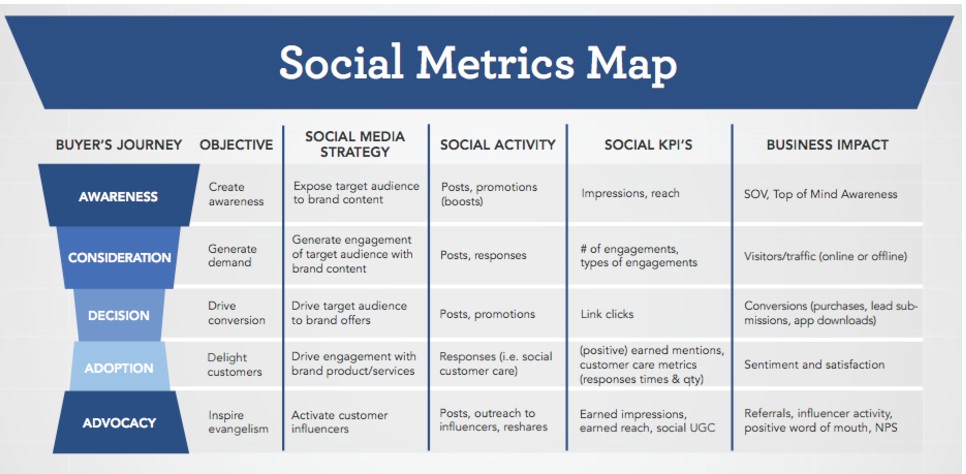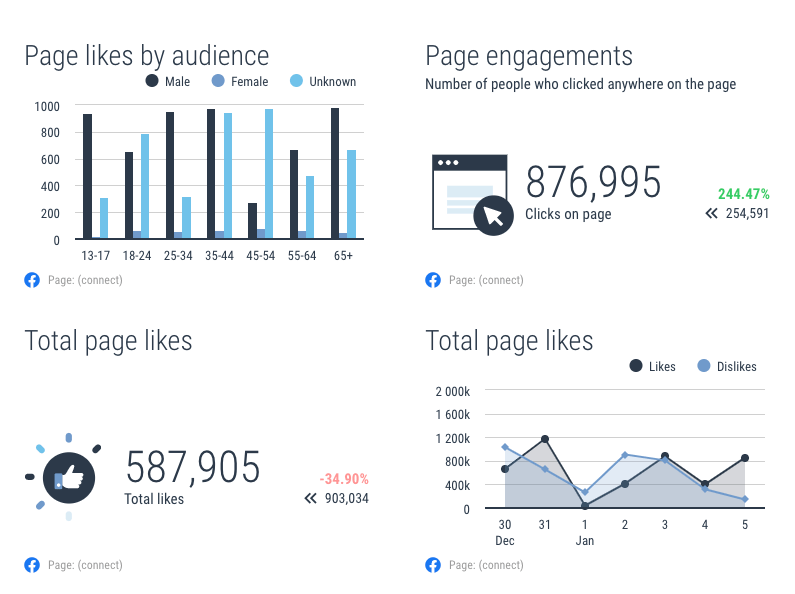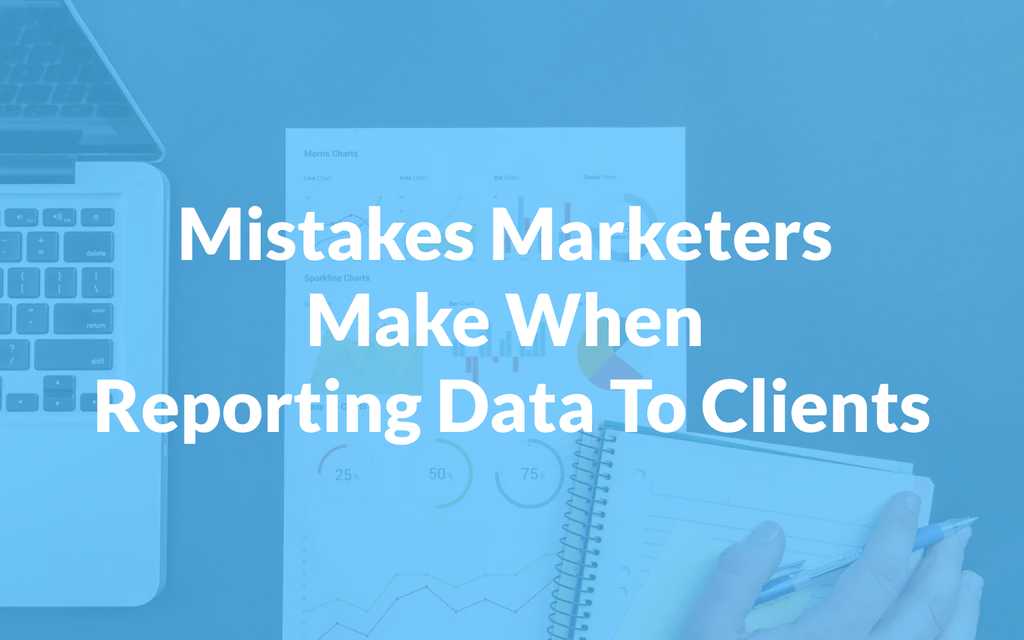It’s an exciting feeling for marketers when commended for presenting outstanding results to their clients.
What could be worse than having to work extensively and present either riddled with or incomprehensible results to the audience?
It would be quite shameful if, after spending all this time and resources to aggregate and analyse data, you still end up confusing your clients due to some avoidable mistakes.
For every marketer or marketing agency, presenting your reports to clients is an essential part of the marketing process.
You have no room to make mistakes. This article gives critical insights as to how you can provide comprehensive and useful reporting to your clients as a marketer.
As a marketer, you may be required to disclose pivotal data to key decision-makers within the organization. Effective client reporting allows you to assess the firm’s shortcomings and provide invaluable solutions to help propel the business forward.
Disclosing performance statistics to your clients through effective reporting does not just prove your worth; it is a viable tool that helps you identify and address the challenges they face.
A little misunderstanding can result in a disastrous outcome when reporting to clients. Here are some of the reporting mistakes that should be avoided whenever possible:
Reporting only the good news
Selective reporting is also referred to as cherry-picking. Most marketers make the mistake of reporting only pleasant information to their clients. They want to let their clients know that they are successful.
Since the success of your clients is closely tied to yours, you may feel tempted to hide some unpleasant facts. Reporting only good news to your clients means that you are shying away from some issues that still need to be addressed.
In almost all cases, a client may prefer to be told the truth instead of providing with selective results. You also build a more open relationship when you let your client hear the bad news. You can also use that as a means to identify opportunities and create new methods for improvement.

The best approach to take when reporting to your clients is to identify the leading performance indicators to report to your client. For example, you notice that your client’s web traffic has increased by 10%, but there has been a drop in new customers, which may mean that you have not been attracting the right traffic.
You can also present your reporting on a holistic level by informing your client how much time most customers spend on their website. You may also find out what pages they view the most, what is their point of entry, how to create a more persuasive call to action on the website. You can come up with potential ideas on how to attract the right type of traffic to the website.
These types of discussions are what you may have if you are transparent with your client. Telling the truth may allow you to sell yourself as a solution provider. But the best approach to take when reporting the whole truth to your client is that you have to be ready to offer solutions to less-desired areas. Your client is interested in getting a high level of information. When the numbers are down, don’t brush that under the rug.
Inconsistent Reporting
Some clients may be less involved than others. You must take charge and ensure that you carry out your job effectively. Do not think that having a client who doesn’t like to have long conversations on the phone about your job gives you the liberty to avoid reporting to that client.
here are times when your client may not ask you anything for weeks, and you may be taken by surprise when they suddenly call you to inquire you on reports.
You make a commitment when you report consistently. It is essential to provide regular reporting to your clients in order to keep them updated on the achieved results. The right approach is to create a time and a day within a given week that is convenient for both you and your client, where you can carry out regular reporting and get feedback from your client.
Your client may decide to have weekly or quarterly reporting, but giving them unrestricted access to a marketing dashboard is vital. Granting your clients access to the marketing dashboard allows them to view results conveniently. By doing so, your client will be better informed, which can make your reporting more straightforward.
Failure to show high-level goals
Clients often inform you of their short-term and long-term goals before they start working with you. In some cases, clients may not even possess a clear picture of what they want or hope to achieve. As a marketer, you are responsible for documenting high-level goals, which will serve as a basis for the firm’s marketing campaigns and future goals.

When examining your marketing campaign on a holistic level, it may be easy to lose sight of these goals. For example, you are running a campaign on social media. Your client has earned many new followers, but those followers are not producing any leads. If your client’s goal is to increase social media lead generation by 10%, then you are not meeting your goals. You may need to utilise a social media report template to gauge the performance of your campaigns.
Bear in mind that the primary purpose of marketing includes profit and revenue generation, driving traffic to websites, brand exposure, and lead generation. These parameters must fall in line with your client’s goals; otherwise, they may count for less if your client does not get a return on investment.
Producing lengthy report sheets
With the dynamics of the business world, most people hardly have time to go through long reports. It is even difficult to arrange a meeting, let alone sit through a lengthy report session. If and when your client inquires about a comprehensive report, it is advisable to provide them with a report that is easy to comprehend.
Your client may care less about granular data as they care about making money. They may be concerned about high-level information such as new, customers, leads, and of course, revenue.
There are some basic content practices you have to follow when preparing your report. You have to use short paragraphs, numbers, bullet lists, break sections using headers, and ensure you make use of charts to present your information. Please do not give a lengthy explanation when you can put them on a list. Make sure that critical high-level information comes first.
Some essential marketing KPIs you can consider include website traffic, revenue growth, leads, website traffic to lead ratio, SQL to proposal ratio, MQL ratio, proposal to customer ratio, and customer acquisition cost. You may also provide more in-depth information if your client focuses on more specific campaigns.
Excluding visuals
The use of data visualization is very critical to an effective marketing campaign report. You may miss out on an opportunity to impress your client if you still rely solely on using a spreadsheet to present numbers in your report.

You can make use of graphs and charts to produce more visual content. With an automated analytical marketing tool, you can allow your client to visualise data in real-time by using an online marketing dashboard.
Not making use of automation
There is no need to create marketing reports from scratch. You may be doing yourself and your client a disservice by doing so. Generating automatic reports helps you to maintain consistency in your report format. It also makes preparing reports easy and fast. There are high analytical tools that provide automatic report templates that allow you to produce a quick and well-detailed report for your clients.
To wrap it up
Your marketing report has to be informative and educative. It should be easy to read and comprehend. Your clients should know that you are aware of their challenges and proffer solutions to help them meet their goals. Make use of charts and other visuals when presenting numbers. Be consistent with your formatting and avoid providing unnecessary details. Avoid the use of ambiguous words and use words that are clear and understandable.


